Varicose veins are a common condition, affecting approximately 30% of individuals. Though they can develop in various parts of the body, they are most often found in the legs and feet.
If you or someone you know is experiencing symptoms of varicose veins, it is crucial to consult a vascular specialist. For those in Hosur, Dr. senthil., a highly experienced vascular surgeon, offers advanced and effective treatment options for varicose veins. He can provide a comprehensive understanding of the causes, symptoms, and tailored treatment approaches.
For expert care and the most reliable varicose veins treatment in hosur, schedule a consultation with Dr.senthil. today.
Varicose veins are characterized by twisted, bulging veins that typically appear blue or dark purple on the legs. They develop due to blood pooling and vein enlargement, caused by weakened or malfunctioning vein valves. As a result, veins near the skin’s surface may become enlarged and protrude.
This condition can lead to symptoms such as leg pain, soreness, heaviness, and itching, particularly after prolonged periods of standing or sitting. Addressing varicose veins early with the right treatment can alleviate discomfort and prevent further complications.
Varicose veins can be classified into different types based on their appearance, location, and severity, influencing the symptoms experienced by the patient.
Superficial Varicose Veins: These veins are located just beneath the surface of the skin, usually appearing as swollen, twisted cords that are blue or purple. They most commonly affect the legs and are often visible to the naked eye. They can cause symptoms like aching, swelling, and a heavy sensation in the legs.
Deep Varicose Veins: These are located deeper within the leg muscles and are not always visible externally. Despite being hidden, they can still cause significant discomfort and lead to more serious conditions like blood clots (deep vein thrombosis). Symptoms may include pain, swelling, and leg fatigue.
Reticular Varicose Veins: These veins are smaller than superficial varicose veins and are typically blue or green. They often appear in a network-like pattern on the legs or face. While they are generally not painful, they can still cause cosmetic concerns for some patients.
Identifying the symptoms of Varicose veins is crucial for prompt treatment. Common signs to watch for include:
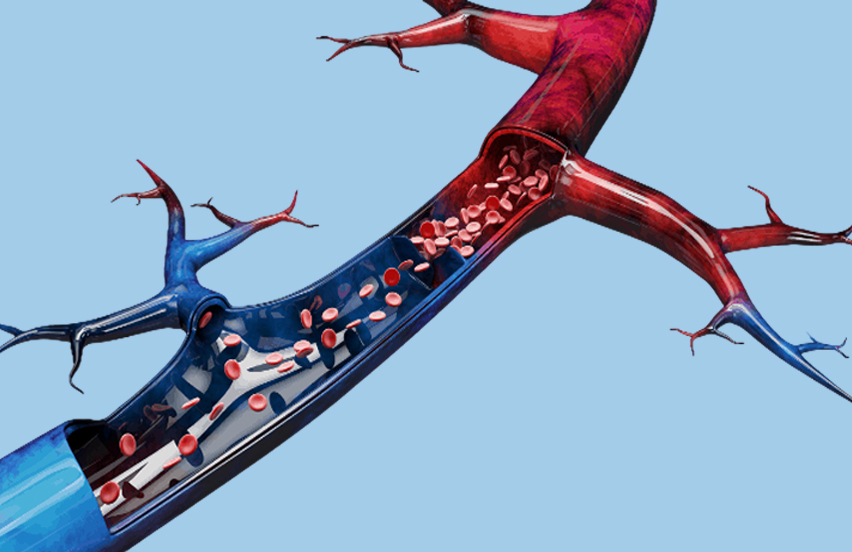
Varicose veins can develop due to various factors, including:
Implementing these preventive measures can significantly lower the risk of developing varicose veins and enhance overall leg health.
Sclerotherapy: This minimally invasive procedure involves injecting a solution directly into the affected vein. The solution causes the vein to diminish and collapse over time. It is particularly effective for treating spider veins and minor varicose veins and typically requires no anesthesia. Multiple sessions may be necessary for optimal results.
Endovenous Thermal Ablation (EVTA): This technique uses heat energy delivered through a catheter to close off a varicose vein. It can be performed using laser or radiofrequency ablation methods. This procedure is generally well-tolerated and can be done under local anesthesia, with minimal recovery time.
Laser Therapy: Also known as Endovenous Laser Therapy (EVLT), this treatment utilizes laser energy to heat and seal veins. It is particularly effective for minor to medium-sized varicose veins. Patients often experience less pain and quicker recovery times compared to traditional surgery.
Surgical Procedures: In severe cases, traditional vein stripping surgery may be necessary to surgically remove the affected veins. This is typically considered when other treatment options have failed, or when varicose veins are causing significant discomfort or complications. The procedure requires general anesthesia and involves a longer recovery period.
The choice of treatment is based on various factors, including the size, location, and severity of the varicose veins, as well as individual preferences and characteristics of each patient. It is essential to consult with a vein specialist to determine the most appropriate course of action for each unique situation. An individualized treatment plan will take into account the patient's overall health, lifestyle, and personal preferences to achieve the best possible outcome.
Before any procedure, consult with your healthcare provider to discuss your symptoms, treatment options, and the procedure details. This is also a great opportunity to ask questions about the procedure and what to expect.
Your doctor may perform a thorough medical evaluation, including a physical exam and imaging tests (like ultrasound) to assess the severity of your varicose veins and determine the best treatment approach.
Depending on the type of procedure you will undergo, your doctor may instruct you to fast for several hours beforehand. Follow these guidelines to ensure your stomach is empty for anesthesia.
Inform your healthcare provider about all medications you are currently taking, including over-the-counter drugs and supplements. Your doctor will provide specific instructions on which medications to continue or discontinue prior to the procedure.
Unless otherwise instructed by your healthcare provider, it is important to stay hydrated before your procedure. Drinking adequate fluids can aid in recovery.
Your doctor will provide specific instructions regarding what to expect during and after the procedure, including any potential risks, recovery expectations, and follow-up care.
After the procedure, you may experience some swelling and bruising in the treated area. This is normal and should subside within a few weeks.
Your doctor may recommend wearing compression stockings for several weeks post-procedure to help reduce swelling and support the healing process.
Light walking is encouraged to promote circulation. However, avoid strenuous activities and heavy lifting for a few weeks until your doctor gives you the go-ahead.
Over-the-counter pain relievers, such as acetaminophen or ibuprofen, can help manage discomfort. Follow your healthcare provider’s instructions regarding pain management.
Monitor for signs of infection or complications, such as increased redness, swelling, warmth, or discharge at the treatment site, as well as fever or worsening pain. Contact your healthcare provider if you notice any concerning symptoms.
Attend all follow-up appointments with your healthcare provider to monitor your recovery and address any concerns.
Dr. senthil is a highly skilled specialist in advanced procedures focused on improving vein health and alleviating the symptoms associated with varicose veins. His expertise encompasses a wide range of treatments designed to enhance circulation and reduce discomfort.
Whether you are considering laser treatment for varicose veins or seeking comprehensive care for your condition, Dr. senthil offers personalized attention and expert guidance to ensure the most effective and tailored approach for your individual needs. Contact him today to explore your options and embark on your journey toward healthier veins.
A range of effective treatment options tailored to meet the specific needs of each patient is available for managing varicose veins. Approaches to alleviate symptoms and enhance vein health include minimally invasive procedures such as sclerotherapy and endovenous thermal ablation, as well as lifestyle modifications like dietary changes and compression therapy.
Regular consultations with a healthcare professional are essential for promoting long-term relief and minimizing the risk of complications. This ongoing collaboration ensures optimal treatment selection and monitoring. Proactively addressing varicose veins can significantly improve an individual's comfort and overall quality of life.
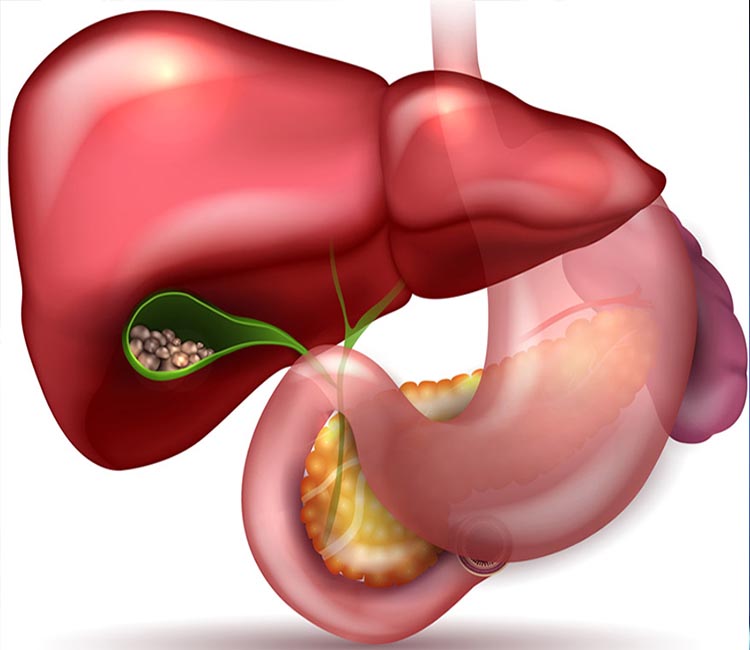
We offer advanced minimally invasive surgery for gallbladder stones, providing effective treatment to alleviate pain and prevent complications, ensuring a quick recovery and long-term relief.
Read more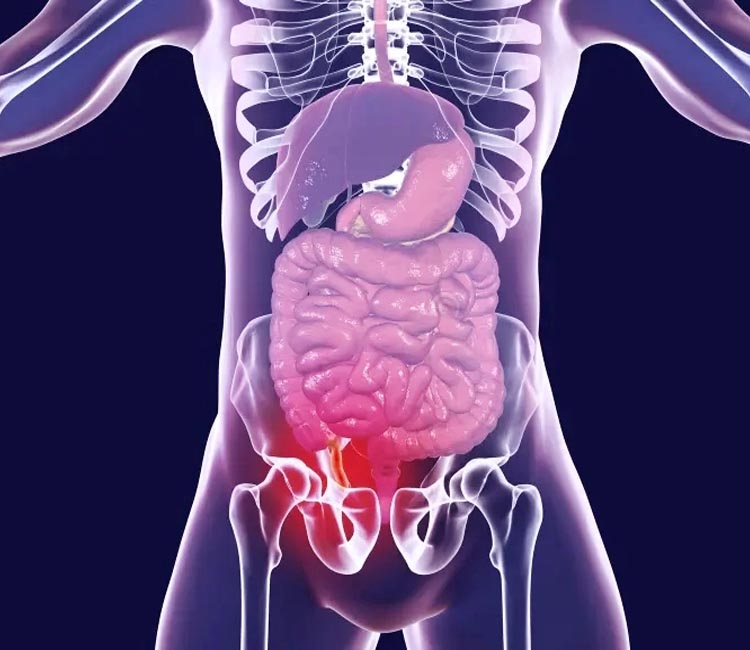
Our expert surgeons provide prompt and effective appendectomy solutions, offering advanced care to treat appendicitis, minimize risks, and ensure a fast return to normal activities.
Read more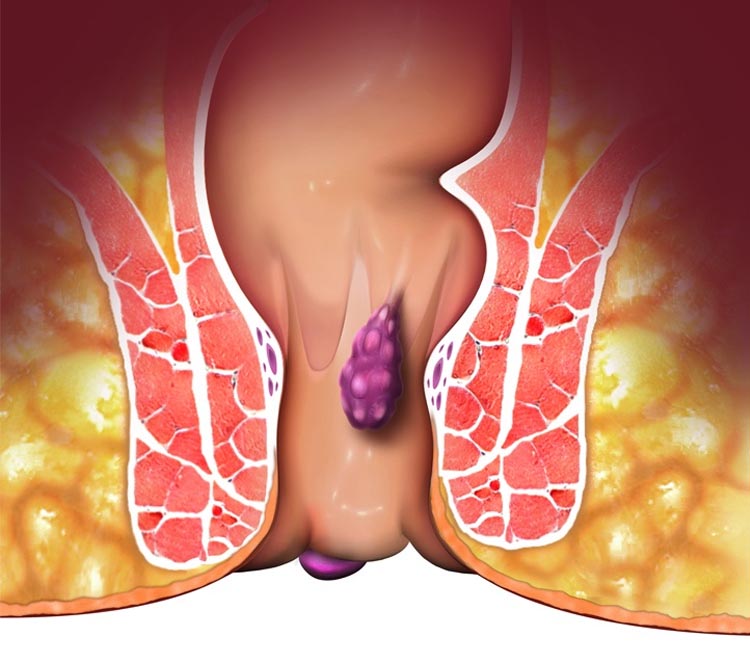
We specialize in advanced hemorrhoid treatments, using the latest surgical techniques for effective relief from discomfort, pain, and bleeding, ensuring a faster recovery with minimal downtime.
Read more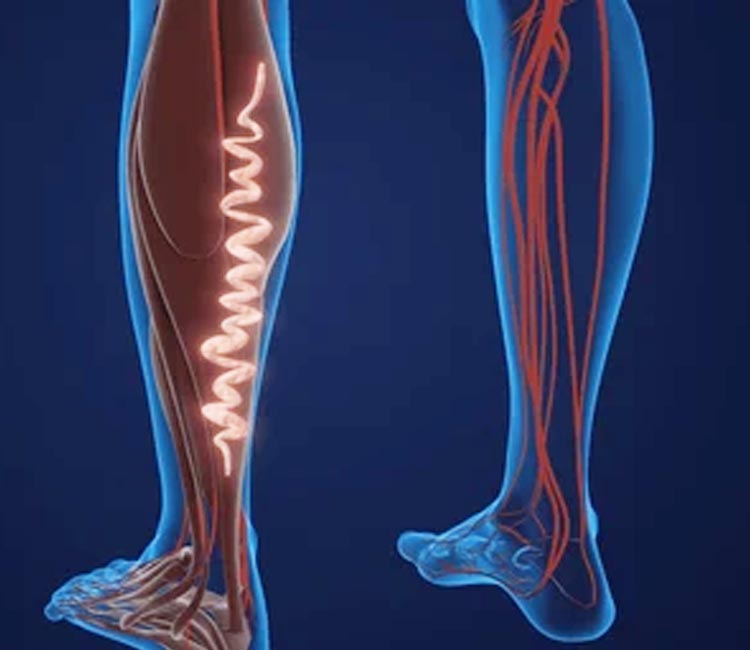
We offer cutting-edge treatments for varicose veins, using advanced surgical techniques to alleviate pain, enhance circulation, and restore the natural look and function of your legs.
Read more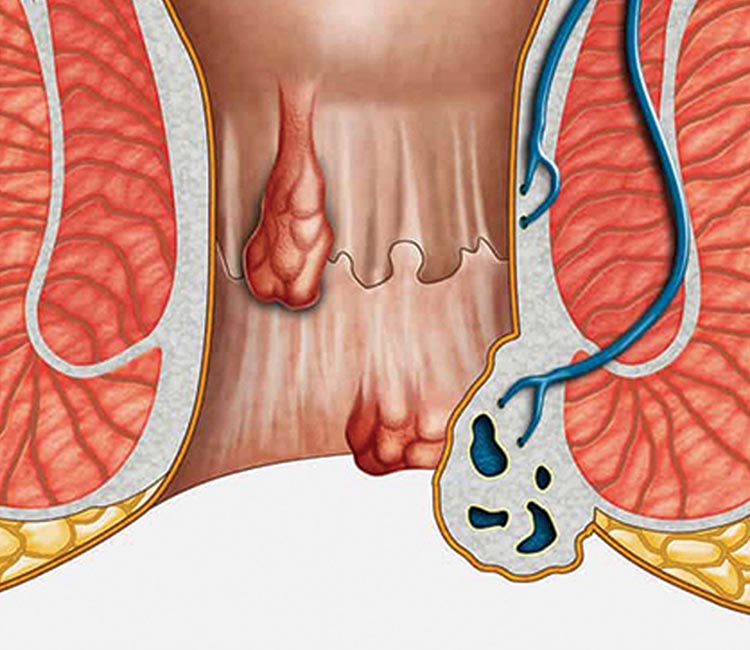
Our surgical care for pilonidal sinus focuses on minimally invasive procedures, ensuring precise treatment, rapid recovery, and a reduced risk of recurrence for optimal patient outcomes.
Read moreCopyright © 2024 Laparosurgeon All Rights Reserved. Powered by Spellinfo Technologies